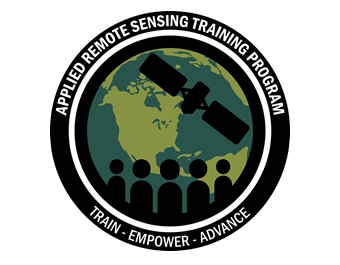
NASA’s Applied Remote Sensing Training Program (ARSET) is hosting a free 3-part online webinar on how to use NASA Earth Science data for invasive species monitoring.
When?
Invasive Species Monitoring with Remote Sensing Part 1: An Intro to the Monitoring of Invasive Species with Remote Sensing Tools
12:00 PM – 1:30 PM Aug 14, 2024 (UTC-04:00) Jeff Herring
Invasive Species Monitoring with Remote Sensing Part 2: Monitoring of Aquatic Invasive Species with Remote Sensing
12:00 PM – 1:30 PM Aug 21, 2024 (UTC-04:00) Jeff Herring
Invasive Species Monitoring with Remote Sensing Part 3: Monitoring Invasive Grassland Species with Hyperspectral Remote Sensing
12:00 PM – 1:30 PM Aug 28, 2024 (UTC-04:00) Jeff Herring
Register here: https://nasaevents.webex.com/webappng/sites/nasaevents/webinar/webinarSeries/register/6af76404fe2f44ae96334392f6791ba4
Description:
Invasive species costs the U.S. economy billions of dollars a year and can cause declines in ecosystem health. NASA data can be used to identify the impacts of invasive species including the extent, potential distribution, and impacts to affected ecosystems. With improvements to the temporal, spatial, and spectral resolution of data alongside cloud-based computing there are new opportunities to apply NASA data, products, and tools to landscape management.
This course will provide participants with an overview of typical NASA satellites and sensors used to map invasive plants such as Landsat, MODIS, and VIIRS, as well as innovative or upcoming data and missions such as the Global Ecosystem Dynamics Investigation (GEDI), HyMap, the Surface Biology and Geology (SBG) mission, and the Geosynchronous Littoral Imaging and Monitoring Radiometer (GLIMR). This training will highlight project-based applications of remote sensing for plant species of interest especially those affecting grasslands and aquatic inland lakes and waterbodies, and more with a lens towards innovative uses of hyperspectral data for additional invasive species detection.

